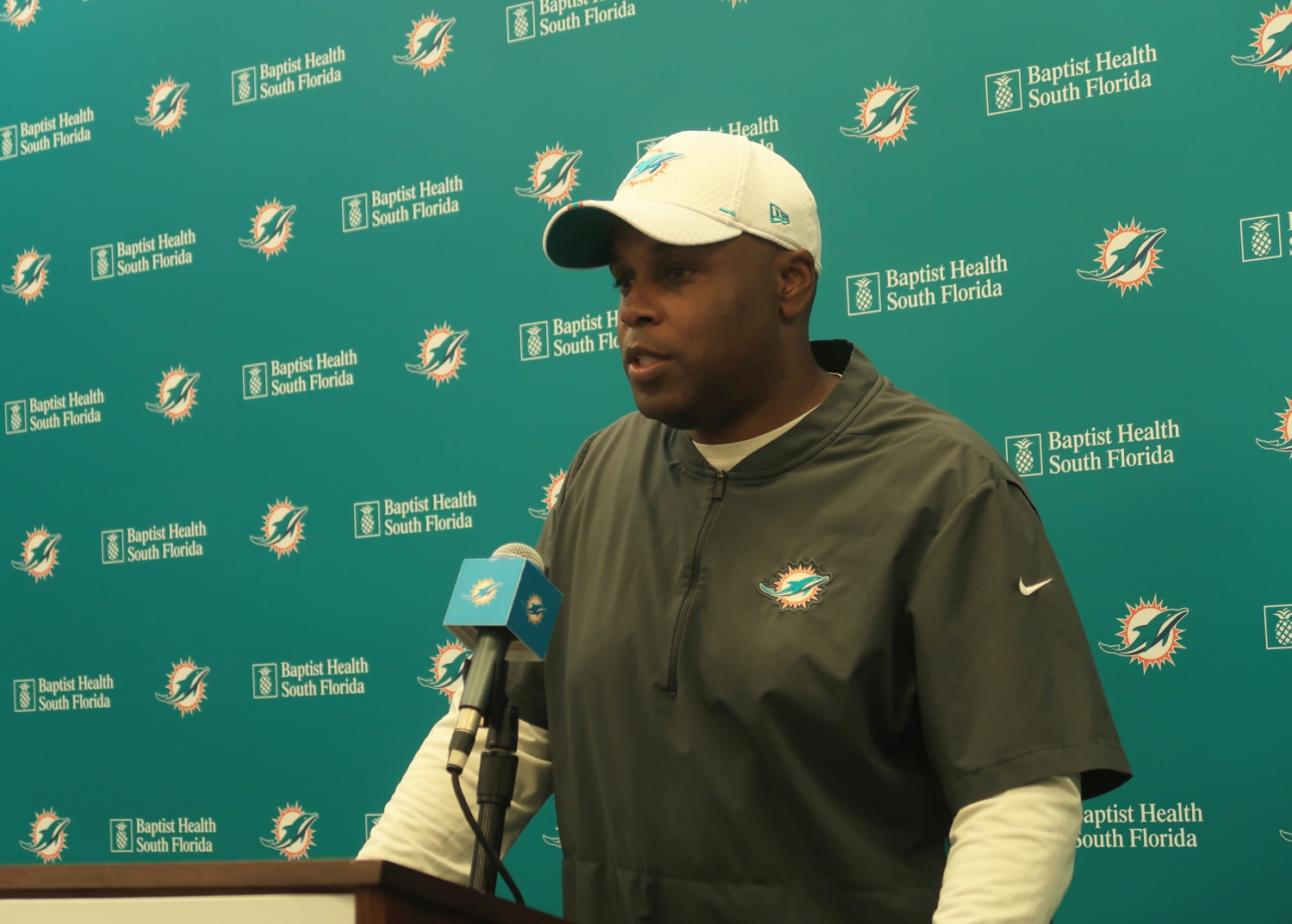Miami Dolphins Stand Pat at Trade Deadline: Strategy, Intentions, and the Road Ahead
As the NFL trade deadline for 2024 came and went, the Miami Dolphins, despite their underwhelming 2-6 record, chose not to engage in the usual frenzy of buying or selling. This decision might raise eyebrows, but it’s layered with strategy, hope, and a long-term vision for the franchise.
The Dolphins’ silence at the deadline wasn’t due to a lack of activity across the league; it was a deliberate choice. General Manager Chris Grier and Head Coach Mike McDaniel, along with team insiders, have vocalized a belief in the current squad’s potential. Rather than dismantling for a rebuild, they’re betting on a competitive resurgence.
This approach can be dissected into several key intentions. Firstly, there’s a palpable faith in the roster. Even with six losses, the Dolphins’ leadership seems to believe they have the talent to turn things around. This optimism isn’t unfounded; before injuries, particularly to quarterback Tua Tagovailoa, the team showed flashes of brilliance.
Moreover, the Dolphins are playing the long game. Their draft capital for 2025 is robust, with multiple picks including compensatory ones. Opting to stand pat now preserves this ammunition for future acquisitions. It’s a strategy that says, “We’re not selling our future for immediate relief,” but rather, they’re planning to fortify their team through the draft and free agency, potentially targeting game-changing talents.
Cultural continuity also plays a role. Trading significant players can disrupt team chemistry, which the Dolphins aim to preserve. They’ve built a culture under McDaniel that they believe can still achieve success this season and beyond. A fire sale at the deadline could undermine this progress, especially if the team sees a path back to contention.
At 2-6, the Dolphins find themselves at the bottom of the AFC East, a division currently led by the formidable Buffalo Bills. The Dolphins’ defense, while occasionally showing promise, has been notably inconsistent. Critics on social media have pointed out the defense’s softness in pivotal moments, particularly against elite quarterbacks like Josh Allen. The inability to consistently pressure the quarterback, evidenced by their low sack count, has been a glaring issue.
The inconsistency isn’t just about poor performance but also about missed opportunities. The defense has struggled to make necessary adjustments in-game, often leading to second-half collapses even when the offense has done its part. Injuries to key defensive players have certainly not helped, but it’s the lack of depth and the inability to execute when it counts that have fans and analysts alike frustrated.
Looking forward, the Dolphins’ strategy will be tested. If Tagovailoa can stay healthy and perform, if the defense is able to stifle opponents, and if the young talent matures, then this choice to not sell might pay off. However, should these elements falter, the decision could be scrutinized as a missed opportunity to reset.
Miami’s schedule offers opportunities with games against teams with similar records or those not in peak form. These matchups are where the Dolphins can start their climb back into relevance.
The Dolphins’ stance at the trade deadline is not merely about what they didn’t do but what they’re planning to do. It’s about maintaining a course, believing in their system, and perhaps most importantly, in their people. Whether this strategy pays off remains to be seen, but in the world of NFL football, where fortunes can change with the turn of a play, the Dolphins are betting they can win with what they have.
******
To play PrizePicks on Sunday’s NFL games, use the code FIVE on the app



Leave a Reply
Want to join the discussion?Feel free to contribute!